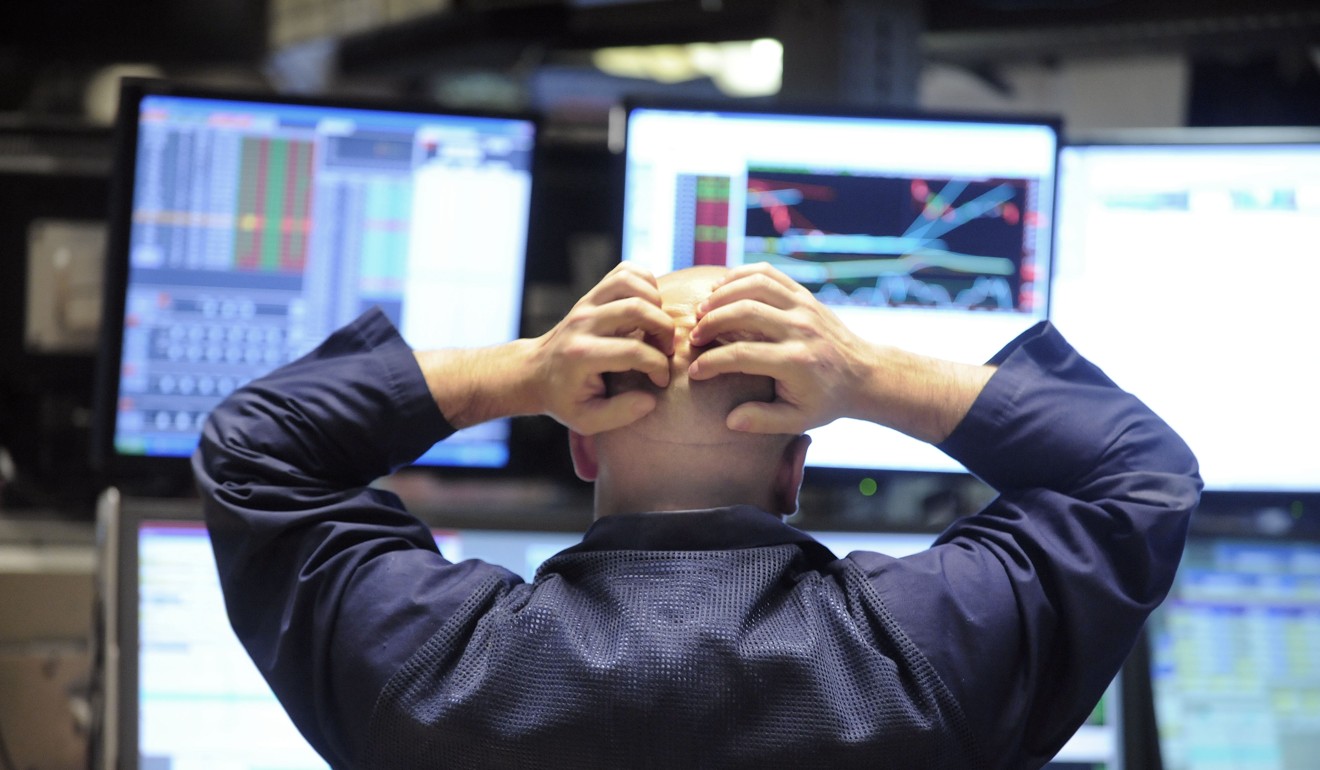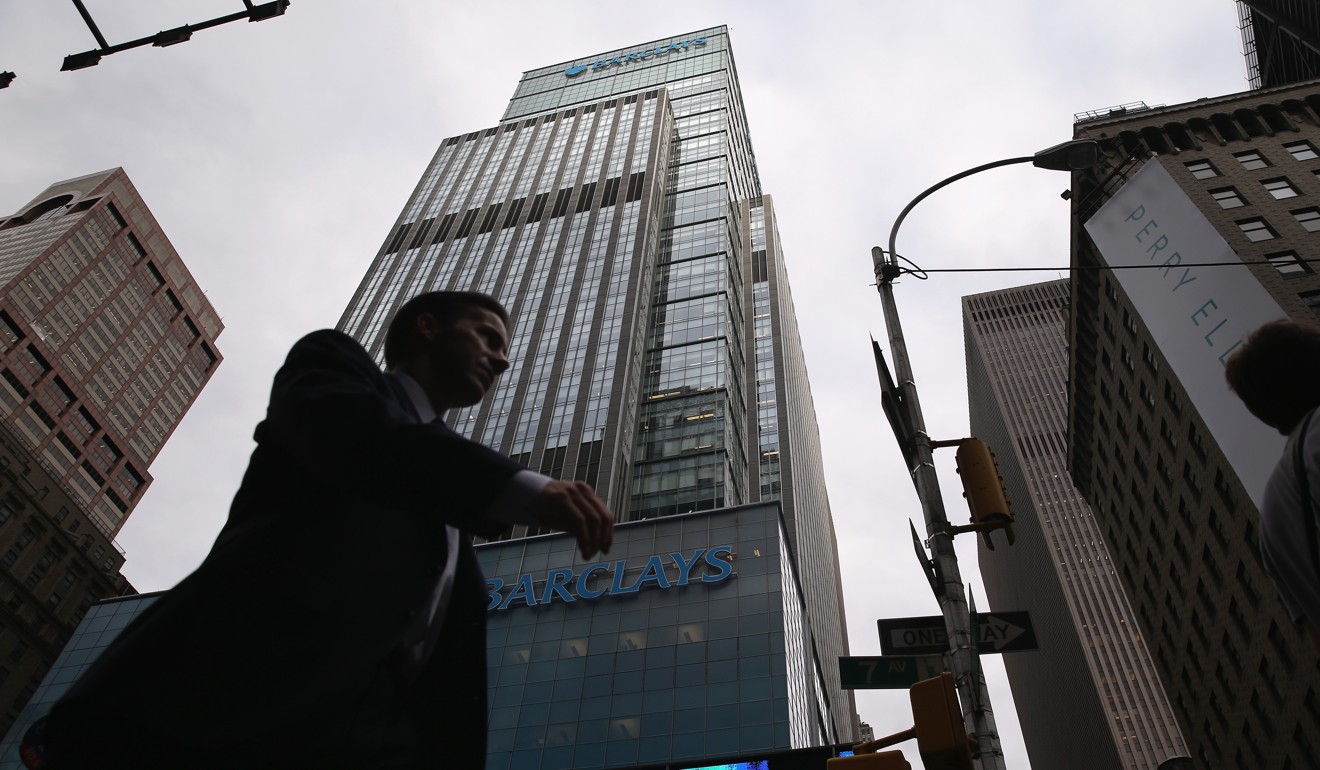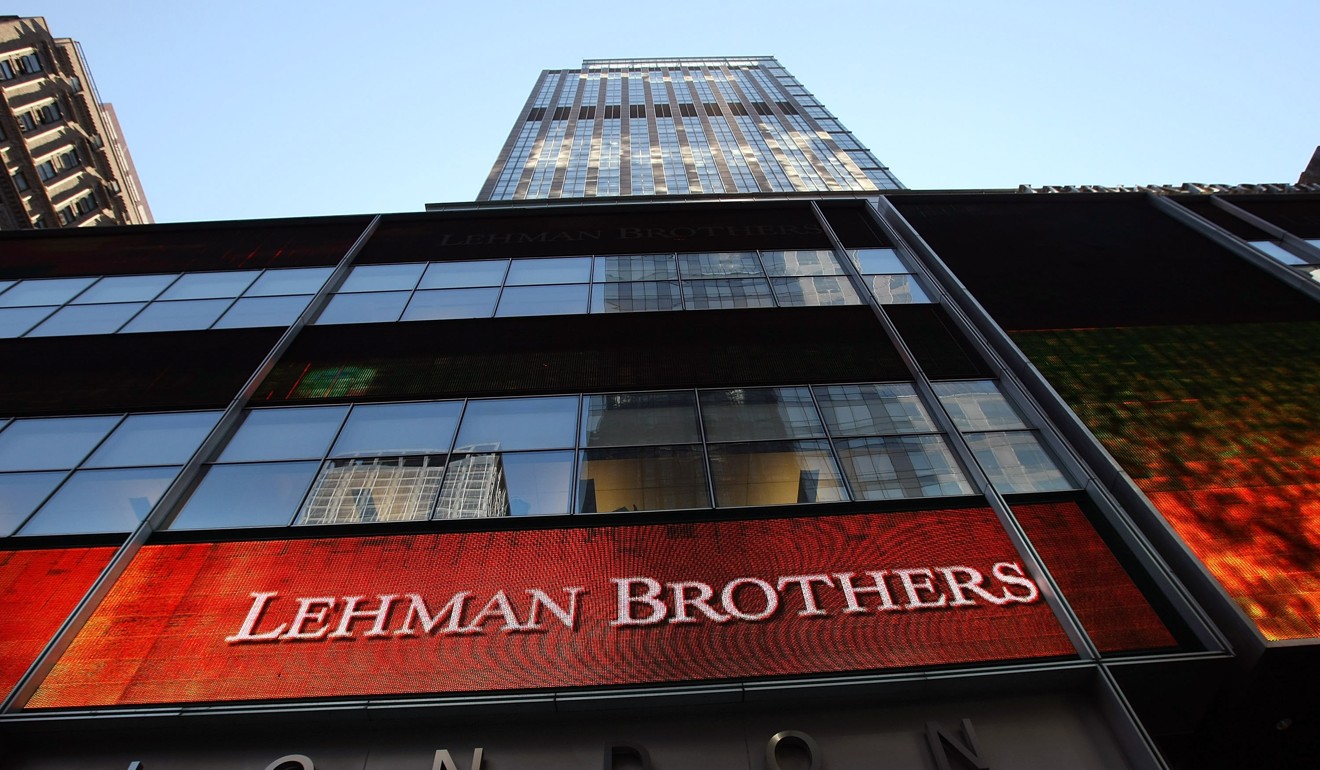
Lehman crash, 10 years on: nearly all you read will be wrong
Bankers did not cause the 2008 financial crisis, governments did. And in failing to learn from their mistakes, they have made another crash inevitable
This month marks the 10th anniversary of the collapse of Lehman Brothers, the event that tipped the US subprime crisis into a worldwide financial crash.
For the next few weeks the international media will be full of ponderous opinion pieces by worthy pontificators, all re-examining the crisis. Inevitably, the majority will blame greedy and reckless bankers for causing the crash.
Most of what they write will be rubbish.
Bankers did not cause the 2008 financial crisis. It makes no more sense to blame them than it would to blame the leaves on the trees for causing winter by turning brown.
Instead, blame for the crash lies squarely with the world’s governments.
Sure, bankers were both greedy and reckless. But it was government policies that created the conditions in which greed and recklessness were allowed – even required – to flourish.
In the late 1990s and early 2000s, governments in the United States and Europe made a series of fatal errors.

China’s 2001 accession to the World Trade Organisation delivered a one-off supply shock in which the rock-bottom wage costs and vast economies of scale of China’s export industries combined to bring down goods prices around the world, lowering inflation rates across the developed economies.
Politicians and central bankers in the West misread the signals, attributing this “great moderation” not to the influence of China but to the effectiveness of their own inflation-fighting policies. In response they cut interest rates to the lowest levels for 40 years.
Their second mistake was to deregulate the financial sector. You can see why they did this. With little inflation in sight, they thought that by reducing regulatory barriers and increasing access to credit they would spur wealth creation. In particular, politicians hoped to encourage wider home-ownership among the poorer segments of society – for which they hoped to be rewarded at the ballot box.

Stodgy commercial banks, which had long cast envious looks at their more glamorous investment banking cousins, rushed into new business areas, setting up securities arms, derivatives businesses, proprietary trading units – the whole product range of the modern financial megastore.
Because funding costs were cheap, volatility low and investor risk appetite high, the banks that leveraged up their balance sheets to enter new and riskier businesses made enormous profits. Those that didn’t faced awkward questions from shareholders about their low returns on equity relative to their competitors.

The result was an explosion of debt and an orgy of excessive risk-taking. And everyone was forced to participate, because those who didn’t, didn’t survive.
The whole build-up of risk was exacerbated by governments and regulators, who were far too eager to embrace new financial practices and instruments. For example, as banks sought higher returns by lending to borrowers with ever-weaker credit ratings – especially in the mortgage market – they soon found themselves bumping up against their credit risk limits.
To keep the party going, the regulators allowed banks to parcel up their loans and sell the exposure on to other investors as synthetic bonds, creating the markets for asset-backed securities, credit derivatives and any number of other exotic structured products.
But of course, once banks no longer carried the credit risk of the loans they made, they no longer cared who they lent to, just as long as they lent in ever-increasing volumes. In consequence, the heightened risk of “subprime” lending quickly spread throughout the world’s financial system.
Inevitably the crash came, and because the risks weren’t confined to a few specialist risk-taking institutions, the real economy took the hit. Customer deposits were threatened, credit dried up, the whole financial system was put in jeopardy forcing massive bailouts, jobs were destroyed, and economies descended into recession.

Worse, since 2008 governments have doubled down on both. Their reaction to the crisis was to cut interest rates even further, in some cases to negative levels – in effect they tried to cure their hangover by drinking vodka.
And in the years since they have allowed – even encouraged – everyone to load up even more on debt. Since 2007, world output has expanded from US$58 trillion to US$80 trillion in nominal terms, or by roughly 38 per cent. Over the same period, world debt has ballooned from US$142 billion to almost US$250 billion, or by 76 per cent.
In other words, in the years since a crisis caused by excessively low interest rates and excessively high debt, governments have held global interest rates at close to zero, and allowed global debt to grow at twice the pace of the world economy.
As a result, another crash is only a matter of time, and it too will be caused by governments. Think of that over the next few weeks as you read all those articles blaming the last crisis on the wrong culprits. ■
Tom Holland is a former SCMP staffer who has been writing about Asian affairs for more than 25 years

